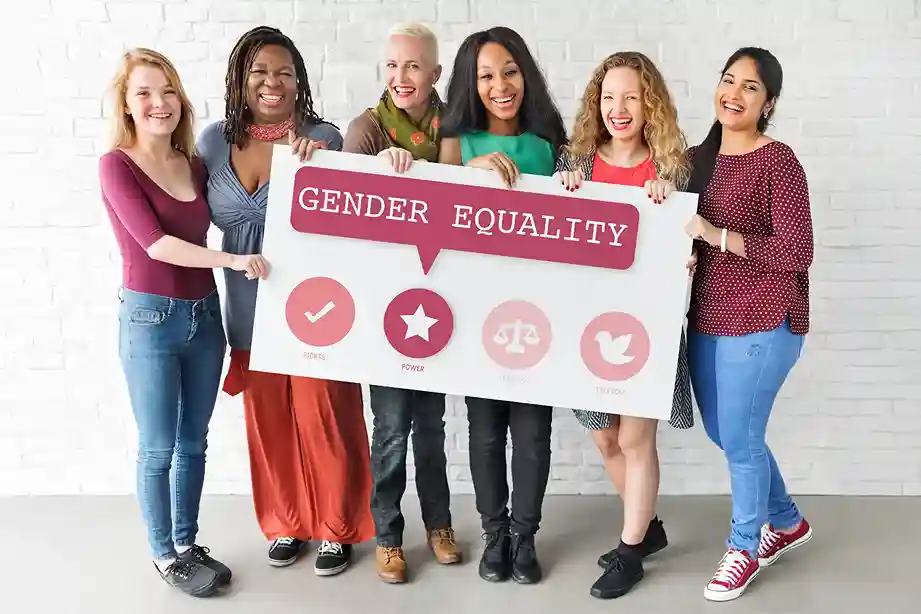Even after decades of advancement, gender equality in the workplace is an incomplete agenda in industries and geographies. From inequalities in pay to being underrepresented at the top, the difficulties faced by women are not merely personal but severely structural. Harvard Business Review’s HBR Women at Work consolidates decades of research, interviews with experts, and practical experiences that unveil why gender equality at work remains out of reach—and what can be done to change that.
This blog unpacks major insights from the HBR book, linking them to actual workplace dilemmas, real-life strategies, and an empowering framework for professionals and organisations to adopt.

Key Issues Confronted by Women in the Workplace
Before change can happen, it’s important to call out the issues. Among the top challenges faced by women at workplace settings are:
- Equal work for unequal pay: In spite of global attention, the gender pay gap continues across industries and jobs.
- Underrepresentation in leadership: Women—particularly women of color—continue to be underrepresented in C-suite positions.
- Work-life imbalance: Societal expectations tend to put caregiving and household responsibilities squarely on the shoulders of women, constricting their professional bandwidth.
- Unconscious bias and microaggressions: These subtle but harmful behaviors continue to affect female inequality in the workplace.
Research quoted in HBR verifies that such problems are systematic, not anecdotal. Gender bias in workplace evaluations and hiring processes subtly perpetuates male dominance, even among well-intentioned businesses.

The Confidence Gap and the Need for Visibility
One of the striking findings from “HBR Women at Work” is the evidence of a confidence gap between men and women in the workplace. Too many women, even those who are well-qualified, will not self-promote because they’re afraid of backlash or being labeled as arrogant.
It’s important because visibility has a direct correlation to women’s career advancement. If women aren’t contributing during meetings, claiming their achievements, or leading transparent projects, they’re also missing out on opportunities for promotion.
Overcoming this takes both self-knowledge and planning. From setting recurring performance check-ins with managers to requesting feedback, women can take ownership of their professional development and visibility. Visibility is not ego—it’s taking ownership of your impact.

Sponsorship vs. Mentorship: What Women Really Need
Mentorship provides advice. Sponsorship brings opportunities.
Whereas mentoring has been a standard of employee development for years, HBR argues that women in leadership roles benefit more from sponsors—influential supporters who actively push them forward. Unlike mentors, sponsors risk their own reputations by endorsing high-potential women for critical assignments and positions.
Women need not only to find mentors but also to ask the proper questions to determine if there are potential sponsors in their networks. Intentional sponsorship is a game-changer for true professional development for women—bridging gaps between capability and opportunity.

Office Politics, Networking, and the Leadership Ladder
There’s a deep-seated stereotype that women avoid office politics. But the truth is more complicated. According to HBR, women tend to view office politics as unfavorable or insincere. But being able to navigate power bases and make alliances is essential to career advancement.
Authentic influence can be established through strategic networking, stakeholder understanding, and relational leadership. Women use these skills to break into decision-making groups and rise up the leadership ladder on their own terms.
Redefining influence and visibility enables women in leadership roles to step into the spotlight without sacrificing their values or authenticity—opening the door to sustainable gender equality in the workplace.

How to Overcome Workplace Bias: Practical Strategies
It’s easy to discuss overcoming workplace bias; it’s harder to arm yourself with actual tools. HBR research and advice from experts list some tactical steps:
- Establish clear professional boundaries: Know where your limits are and communicate them assertively.
- Identify allies: Establish supportive networks in the organisation, including male allies.
- Document contributions: Track your work and accomplishments to combat biased assessments.
- Promote inclusive practices: Support diverse recruitment panels, gender-balanced review, and open discussion of bias.
Combating gender bias in workplace systems is not only a moral issue—it’s a matter of strategy. Companies with diverse teams have higher rates of innovation and better financial performance. The way to workplace gender equality has to be both personal and institutional.

Role of Organisations in Driving Women’s Equality
Whereas individual action is necessary, the burden of change can’t be left to women alone. Organisations have to make a commitment to breaking down the systems supporting gender inequality in the workplace.
Here’s how:
- DEI Programs: Create inclusive policies that extend beyond compliance—infusing diversity into hiring, culture, and leadership pipelines.
- Transparency in promotions: Transparently disclose criteria and metrics for advancement.
- Training on bias and leadership development: Monthly workshops and coaching may address unconscious bias and promote inclusive leadership habits.
The workplace doesn’t just need more women—it requires better systems to enable women’s equality in the workplace.

Conclusion: From Awareness to Action
It is time to move from awareness to action.
We can no longer treat workplace gender equality as a “women’s issue.” It is a human issue, a business issue, and a cultural necessity. Whether you’re an HR leader, team manager, or a professional climbing the ladder, change starts with recognition—and then taking deliberate, consistent steps.
HBR’s Women at Work provides thoughtful advice on how to begin. Let’s apply those lessons to creating workplaces where everyone—male or female—can advance.

FAQs
Q1. What are the main challenges faced by women in leadership roles?
Unequal pay, access to sponsorship that is not equitable, lack of exposure, and structural bias are just a few of the largest obstacles.
Q2. How can organisations promote gender equality in the workplace?
By instituting DEI initiatives, providing bias training, and maintaining open promotion and compensation systems.
Q3. Why is professional development essential for women?
It makes women confident to overcome bias, develop into leadership positions, and enhance self-confidence through visibility and skill development.
Q4. What does HBR state regarding women in the workplace?
HBR highlights sponsorship, strategic networking, and systemic change to enable women’s leadership and equity in the workplace.
Key Takeaways
Women continue to encounter structural and cultural obstacles in the workplace, such as bias, underrepresentation, and confidence gaps.
HBR’s observations demand strategic sponsorship, visibility, and institutional change—not individual resilience alone.
Women continue to encounter structural and cultural obstacles in the workplace, such as bias, underrepresentation, and confidence gaps.
HBR’s observations demand strategic sponsorship, visibility, and institutional change—not individual resilience alone.
Gender equity in the workplace benefits all employees and results in more effective, inclusive leadership.

